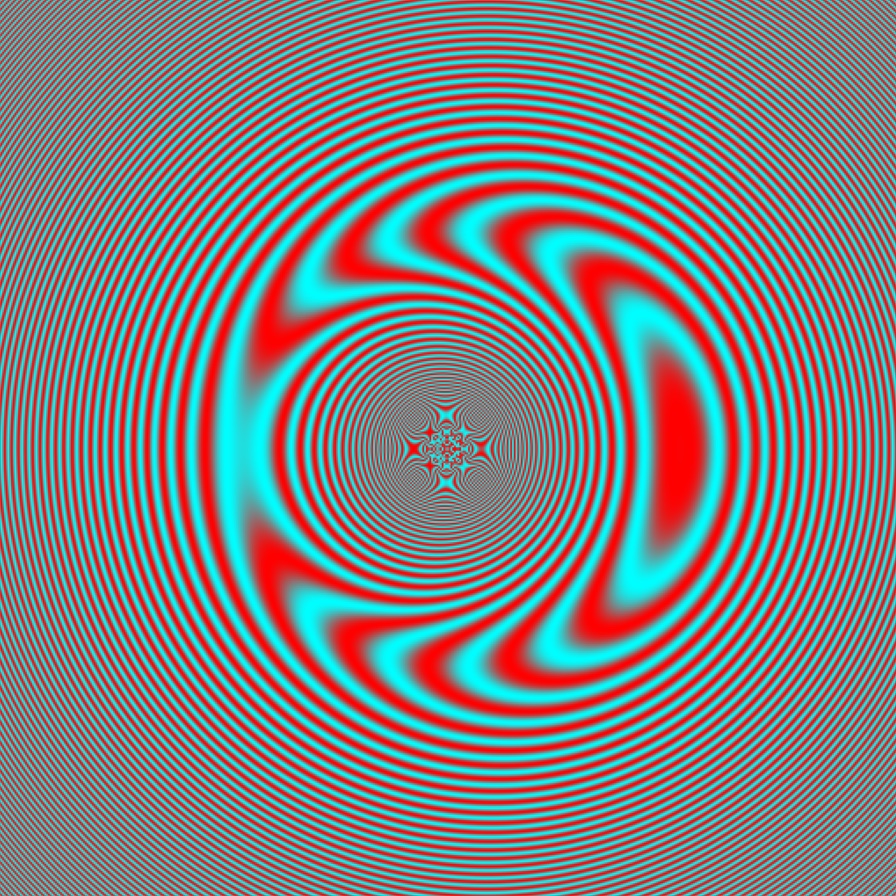One of the central predictions of general relativity is that a massive object such as a star, galaxy, or black hole can deflect light passing nearby. This means that light from distant objects can be gravitationally lensed by objects closer to us. Under the right conditions, gravitational lensing can act as a kind of natural telescope, brightening and magnifying the light of distant objects. Astronomers have used this trick to observe some of the most distant galaxies in the universe. But astronomers have also thought about using this effect a little closer to home.
One idea is to use the Sun’s gravity as a lens to study nearby exoplanets. Light coming from an exoplanet would be gravitationally focused by the Sun with a focal point in the region of about 550 AU to 850 AU, depending on how closely the exoplanet’s light passes by the Sun. In principle, we could place one or several telescopes at that distance, thus creating a Sun-sized telescope. This would give a resolution of about 10 square kilometers for objects 100 light-years away.
Currently, the most far-reaching spacecraft we’ve built is Voyager I, which is only about 160 AU from the Sun, so it’s pretty clear we still have a long way to go before this kind of solar telescope becomes a reality. But it is a project we could undertake in the future. It wouldn’t take magical technology or new physics to pull off. It will just take a great deal of engineering. And even then, another challenge will be to use all the data gathered to assemble an accurate image. As happens with radio telescopes, this solar lens telescope wouldn’t capture a single image all at once. It will take a detailed understanding of how the Sun focuses light to image exoplanets, which is where a recent study comes in.
No telescope is perfect. One of the limitations of optical telescopes has to do with diffraction. As light waves pass through a telescopic lens, the focusing effect can cause the waves to interfere with each other slightly. It’s an effect known as diffraction, and it can blur and distort your image. The upshot of this is that for any telescope there is a limit to how sharp your image can be, known as the diffraction limit. While a gravitational lens telescope is a bit different, it also has a diffraction effect and a diffraction limit.

In this study, the team modeled the gravitational lensing of the Sun to look at the diffraction effects it would have on an image from extended objects such as an exoplanet. They found that a solar-lens telescope would be able to detect a 1 Watt laser coming from Proxima Centauri b, about 4 light-years away. They found that in general the diffraction limit is much smaller than the overall resolution of the telescope would be. We should be able to resolve details on the order of 10 km to 100 km depending on the wavelength observed. The team also found that even at scales below the diffraction limit there would still be objects worth studying. For example, neutron stars would generally be too small for us to see features, but we could study things such as surface temperature variation.
Mostly what this study confirms is that objects such as exoplanets and neutron stars would be strong candidates for a solar-lens telescope. It would be a revolutionary tool for astronomers in the future.
Reference: Sara Engeli and Prasenjit Saha. “Wave optics of the solar gravity lens.” arXiv preprint arXiv:2210.01568 (2022).

